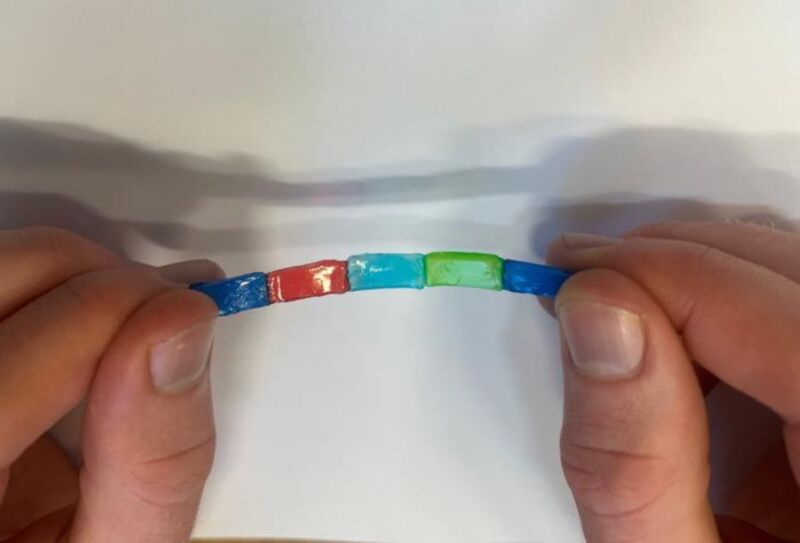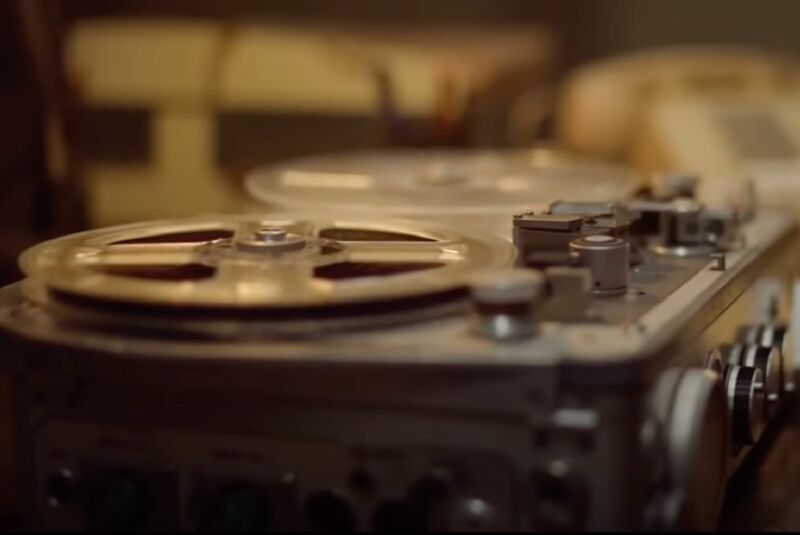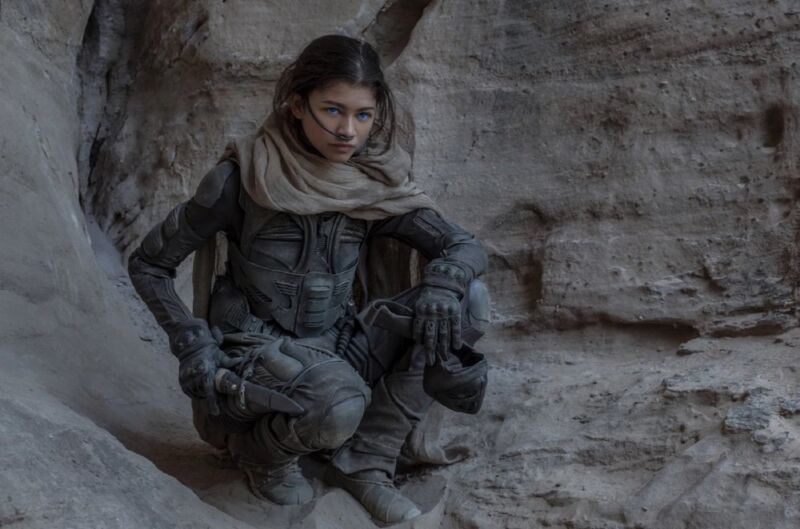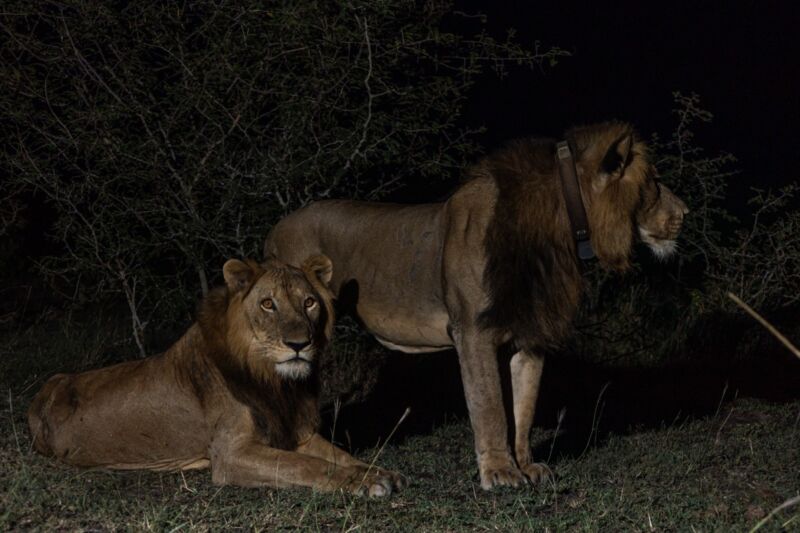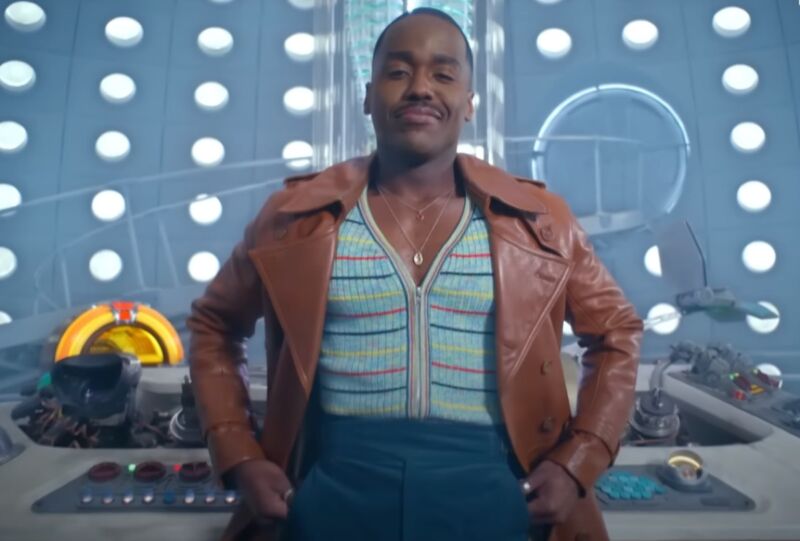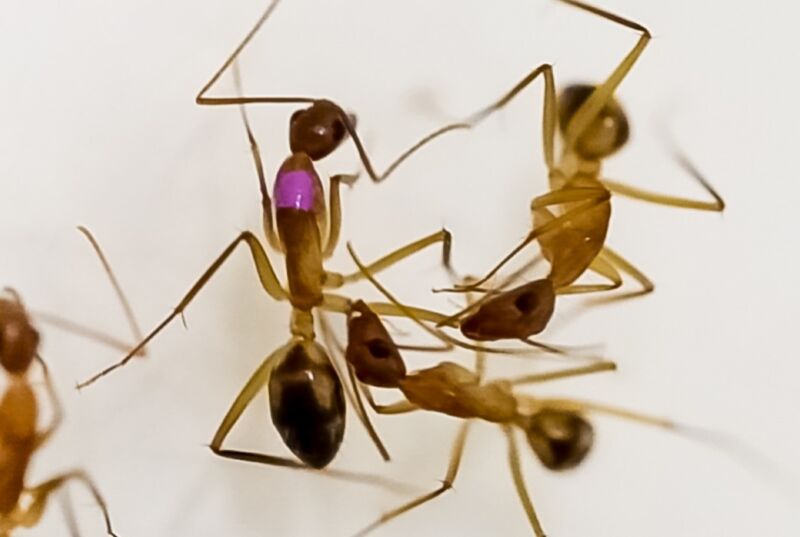Final Deadpool and Wolverine trailer features a familiar face from Logan
Ryan Reynolds and High Jackman join forces in Deadpool and Wolverine.
If there's anything the Deadpool franchise is known for, it's R-rated cheeky irreverence. The forthcoming Deadpool and Wolverine clearly has that in spades, but the final trailer strikes an uncharacteristically somber note, reminding us just what Wade Wilson/Deadpool stands to lose if Wolverine can't rise to the challenge. Bonus: There's a surprise cameo from Hugh Jackman's co-star in Logan.
As previously reported, Ryan Reynolds found the perfect fit with 2016's Deadpool, starring as Wade Wilson, a former Canadian special forces operative (dishonorably discharged) who develops regenerative healing powers that heal his cancer but leave him permanently disfigured with scars all over his body. Wade decides to become a masked vigilante, turning down an invitation to join the X-Men and abandon his bad-boy ways. The first Deadpool was a big hit, racking up $782 million at the global box office, critical praise, and a couple of Golden Globe nominations for good measure. Deadpool 2 was released in 2018 and was just as successful.
Deadpool and Wolverine reunites Reynolds with many familiar faces from the first two films. Morena Baccarin is back as Wade's girlfriend Vanessa, along with Leslie Uggams as Blind Al; Karan Soni as Wade's personal chauffeur, taxi driver Dopinder; Brianna Hildebrand as Negasonic Teenage Warhead; Stefan Kapičić as the voice of Colossus; Shioli Kutsuna as Negasonic's mutant girlfriend, Yukio; Randal Reeder as Buck; and Lewis Tan as X-Force member Shatterstar.

